Home>Furniture & Design>Office Furniture>How To Make My Office Chair Stop Leaning Back
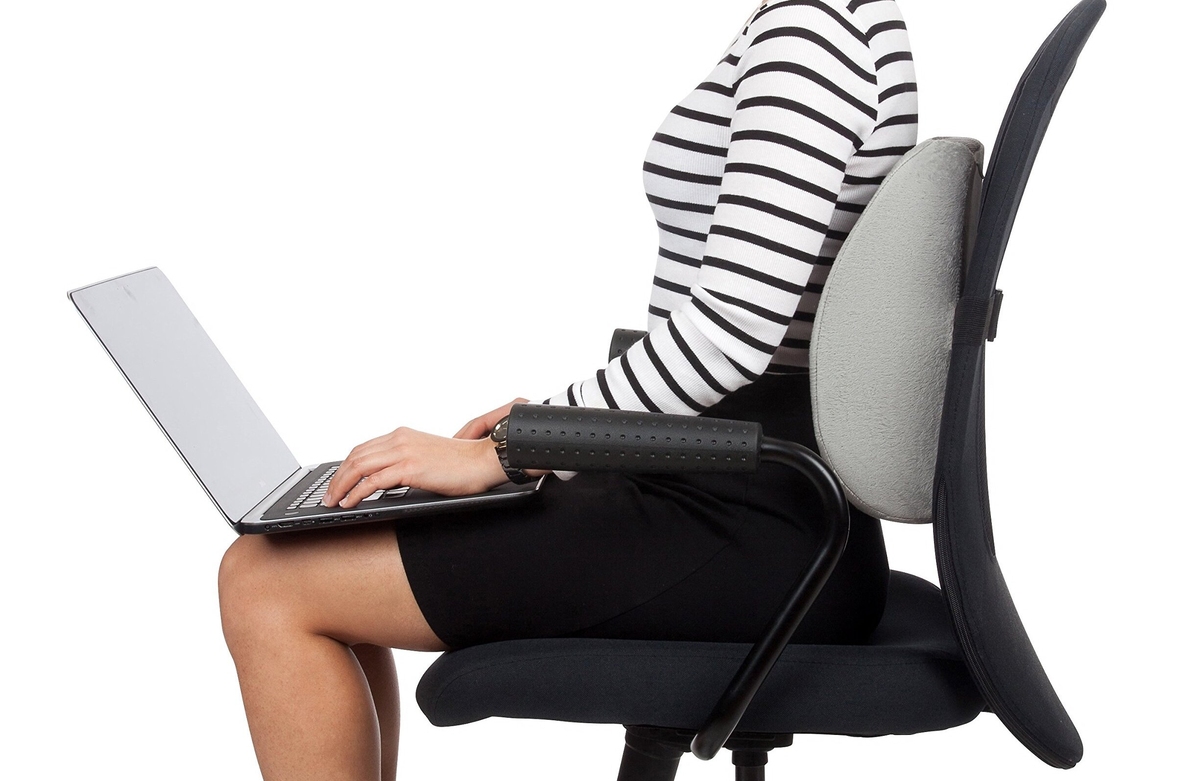

Office Furniture
How To Make My Office Chair Stop Leaning Back
Modified: March 2, 2024
Discover effective tips to stop your office chair from leaning back. Get expert advice on office furniture and design. Improve your workspace today!
(Many of the links in this article redirect to a specific reviewed product. Your purchase of these products through affiliate links helps to generate commission for Storables.com, at no extra cost. Learn more)
Introduction
Having a comfortable and properly functioning office chair is essential for productivity and overall well-being. However, if your office chair keeps leaning back unexpectedly, it can be frustrating and detrimental to your work experience. Fortunately, there are several steps you can take to address this issue and restore your chair to its original functionality.
In this comprehensive guide, we will explore various methods to troubleshoot and resolve the problem of your office chair leaning back. Whether it's a matter of adjusting the tilt tension knob, modifying the tilt lock, or even replacing the tilt mechanism, we've got you covered. By following these steps, you can regain control over your office chair's reclining behavior and create a more comfortable and ergonomic workspace.
So, if you've been wondering, "How can I make my office chair stop leaning back?" you've come to the right place. Let's dive into the solutions and get your office chair back in top-notch condition.
Key Takeaways:
- Tired of your office chair leaning back unexpectedly? Try adjusting the tilt tension knob or tilt lock to restore stability and create a more comfortable workspace.
- If your office chair keeps leaning back, consider replacing the tilt mechanism or checking the chair’s base for potential issues. Addressing these factors can enhance stability and support in your workspace.
Read more: How To Get My Office Chair To Lean Back
Check the Tilt Tension Knob
One of the first steps to take when your office chair leans back unexpectedly is to inspect the tilt tension knob. This small but crucial component is often located beneath the seat or on one side of the chair. The tilt tension knob controls the amount of force required to recline the chair and can be adjusted to suit your preference.
To begin, take a moment to locate the tilt tension knob on your office chair. Once you’ve found it, make sure the chair is in an upright position. Then, slowly turn the knob in one direction to increase the tension. Test the chair by attempting to lean back. If the resistance feels too strong, gradually adjust the knob in the opposite direction until you find a comfortable balance between support and mobility.
If the tilt tension knob appears to be damaged or excessively worn, it may need to be replaced. In such cases, consult the chair’s manual or contact the manufacturer for information on acquiring a suitable replacement part. Additionally, if your chair lacks a tilt tension knob, consider reaching out to the manufacturer or a professional furniture technician to explore alternative solutions.
By inspecting and adjusting the tilt tension knob, you can effectively address the issue of your office chair leaning back unexpectedly. This simple yet impactful adjustment can significantly enhance your sitting experience and contribute to a more ergonomic and comfortable workspace.
Adjust the Tilt Lock
Another potential solution to address the problem of your office chair leaning back unexpectedly is to adjust the tilt lock mechanism. The tilt lock is designed to secure the chair in a specific position, preventing it from reclining or tilting when engaged. By understanding and modifying this feature, you can regain control over the chair’s movement and stability.
Start by identifying the location of the tilt lock lever or knob on your office chair. Depending on the chair model, the tilt lock may be situated beneath the seat or on one side of the chair. Once you’ve located the tilt lock, ensure that the chair is in an upright position and disengage the lock if it’s currently activated.
After disengaging the tilt lock, carefully test the chair’s reclining function to determine if the issue persists. If the chair continues to lean back unexpectedly, you may need to fine-tune the tilt lock mechanism. To do this, engage the tilt lock and then release it, making sure to listen for any audible clicks or indications of secure locking.
If the tilt lock fails to hold the chair in place or feels loose, it may require adjustment or potential repair. Refer to the chair’s manual for specific instructions on adjusting the tilt lock mechanism, as different chair models may have varying mechanisms and requirements. If necessary, consider seeking assistance from a professional furniture technician to ensure the tilt lock is functioning correctly.
By addressing and adjusting the tilt lock mechanism, you can effectively mitigate the issue of your office chair leaning back unexpectedly. This proactive approach not only enhances the chair’s stability but also contributes to a more secure and comfortable seating experience in your workspace.
Check the tension knob underneath the chair. Turn it clockwise to increase tension and prevent the chair from leaning back. If there’s no knob, consider replacing the gas cylinder or getting a chair with adjustable tilt tension.
Replace the Tilt Mechanism
If you’ve tried adjusting the tilt tension knob and fine-tuning the tilt lock mechanism without success, it may be necessary to consider replacing the tilt mechanism of your office chair. The tilt mechanism is a fundamental component that governs the chair’s reclining function, and over time, it can wear out or become damaged, leading to unexpected leaning or tilting.
Before initiating the replacement process, carefully examine the tilt mechanism to identify any visible signs of wear, corrosion, or mechanical issues. Common indicators of a faulty tilt mechanism include excessive play in the chair’s reclining motion, irregular resistance when reclining, or a noticeable lack of stability in the upright position.
To replace the tilt mechanism, you will likely need to disassemble the chair to access the internal components. Refer to the chair’s manual or contact the manufacturer for specific guidance on disassembly and replacement procedures. It’s important to exercise caution and follow the recommended steps to ensure a safe and effective replacement process.
When sourcing a replacement tilt mechanism, be sure to obtain a compatible part that aligns with your chair’s make and model. Many manufacturers offer replacement parts or kits designed for this purpose, and acquiring the correct component is crucial for restoring the chair’s functionality.
If you’re uncertain about the replacement process or lack the necessary tools and expertise, consider enlisting the assistance of a professional furniture technician. These skilled professionals can facilitate the replacement of the tilt mechanism with precision and ensure that the chair operates smoothly and securely once the new component is installed.
By replacing the tilt mechanism, you can address the underlying cause of your office chair leaning back unexpectedly and restore its functionality to optimal condition. This proactive approach contributes to a more reliable and comfortable seating experience, enhancing your overall workspace ergonomics.
Check the Chair’s Base
When troubleshooting the issue of your office chair leaning back unexpectedly, it’s important to inspect the chair’s base for potential sources of instability or irregular movement. The base of the chair, often equipped with casters or glides for mobility, plays a crucial role in supporting the entire seating structure and maintaining balance.
Begin by examining the casters or glides attached to the chair’s base. Inspect each caster to ensure that it rotates smoothly and that there are no obstructions or debris hindering its movement. Similarly, if the chair is equipped with glides, verify that they are securely attached and that the chair moves evenly across the floor without any wobbling or unevenness.
If the casters appear worn, damaged, or clogged with debris, consider cleaning or replacing them as necessary. Many office chair casters are designed for easy removal and replacement, allowing you to maintain smooth mobility and stability. Additionally, certain casters are specifically engineered for improved weight distribution and enhanced maneuverability, which can contribute to a more stable sitting experience.
Furthermore, inspect the connection between the chair’s seat and the base, ensuring that it is secure and free from any loose or damaged components. Over time, the attachment points between the seat and base can loosen, compromising the chair’s stability and potentially leading to unexpected leaning or tilting.
If you notice any signs of wear, instability, or damage in the chair’s base, it may be beneficial to consult the manufacturer’s guidelines for maintenance or seek the expertise of a professional furniture technician. Addressing any issues related to the chair’s base can significantly enhance its overall stability and performance, ultimately contributing to a more secure and comfortable seating experience in your workspace.
Read more: Why Won’t My Office Chair Lean Back
Conclusion
Addressing the issue of your office chair leaning back unexpectedly is essential for creating a comfortable and productive workspace. By exploring various troubleshooting methods and proactive solutions, you can effectively restore your chair’s functionality and enjoy a more ergonomic seating experience.
From inspecting the tilt tension knob and adjusting the tilt lock to considering the replacement of the tilt mechanism and checking the chair’s base, each step plays a crucial role in identifying and resolving the underlying causes of the leaning issue. By taking a systematic approach to troubleshooting, you can pinpoint the source of the problem and implement targeted solutions to enhance the chair’s stability and performance.
It’s important to approach the troubleshooting process with patience and attention to detail, as addressing the issue of unexpected leaning may involve a combination of adjustments and potential component replacements. Whether you opt to fine-tune the chair’s existing mechanisms or consider replacing worn or damaged parts, the goal is to create a secure and supportive seating environment that promotes comfort and well-being.
Additionally, seeking guidance from the chair’s manual, manufacturer, or a professional furniture technician can provide valuable insights and expertise, ensuring that the troubleshooting process is carried out effectively and safely.
Ultimately, by addressing the issue of your office chair leaning back unexpectedly, you can optimize your workspace ergonomics and elevate your sitting experience. A stable and comfortable chair not only enhances your physical well-being but also contributes to a more focused and productive work environment.
With these solutions at your disposal, you can confidently address the issue of your office chair leaning back unexpectedly and create a workspace that supports your comfort and productivity.
Frequently Asked Questions about How To Make My Office Chair Stop Leaning Back
Was this page helpful?
At Storables.com, we guarantee accurate and reliable information. Our content, validated by Expert Board Contributors, is crafted following stringent Editorial Policies. We're committed to providing you with well-researched, expert-backed insights for all your informational needs.
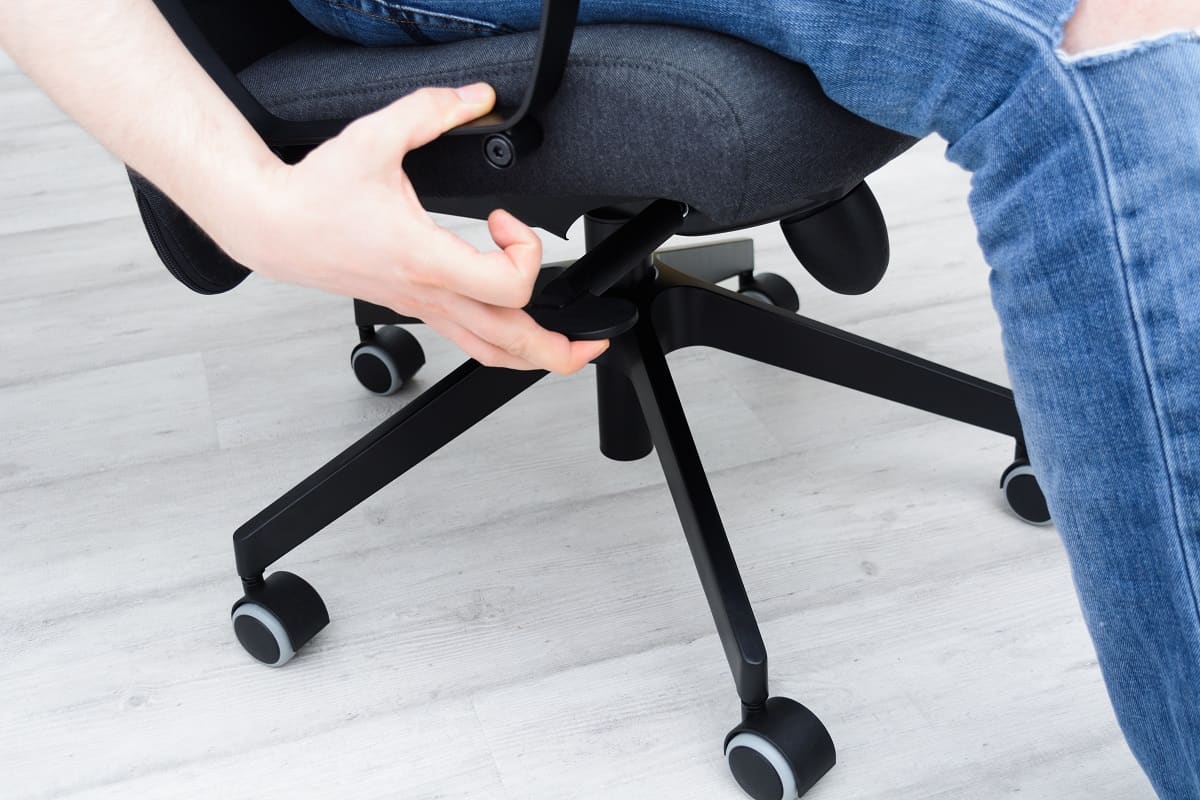
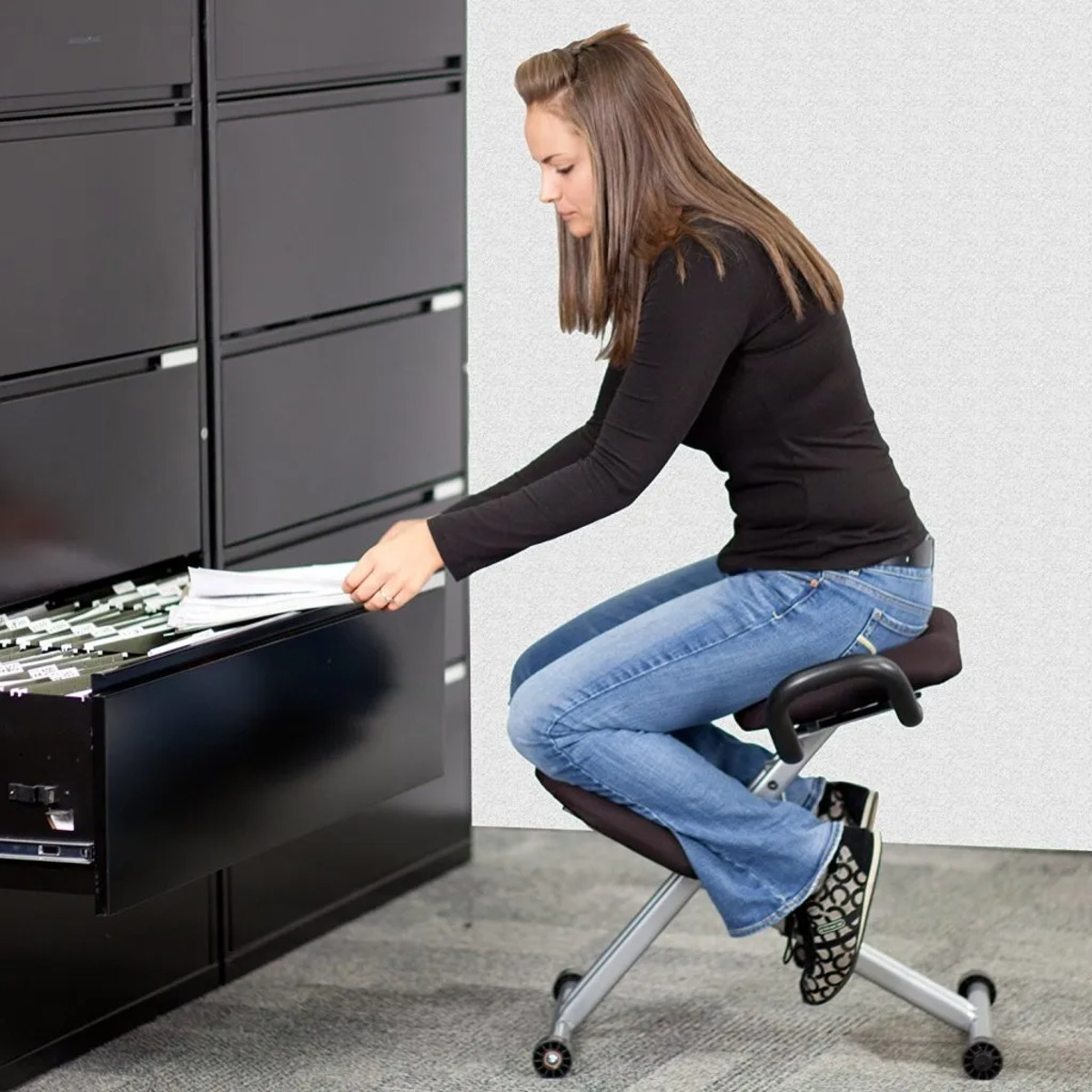
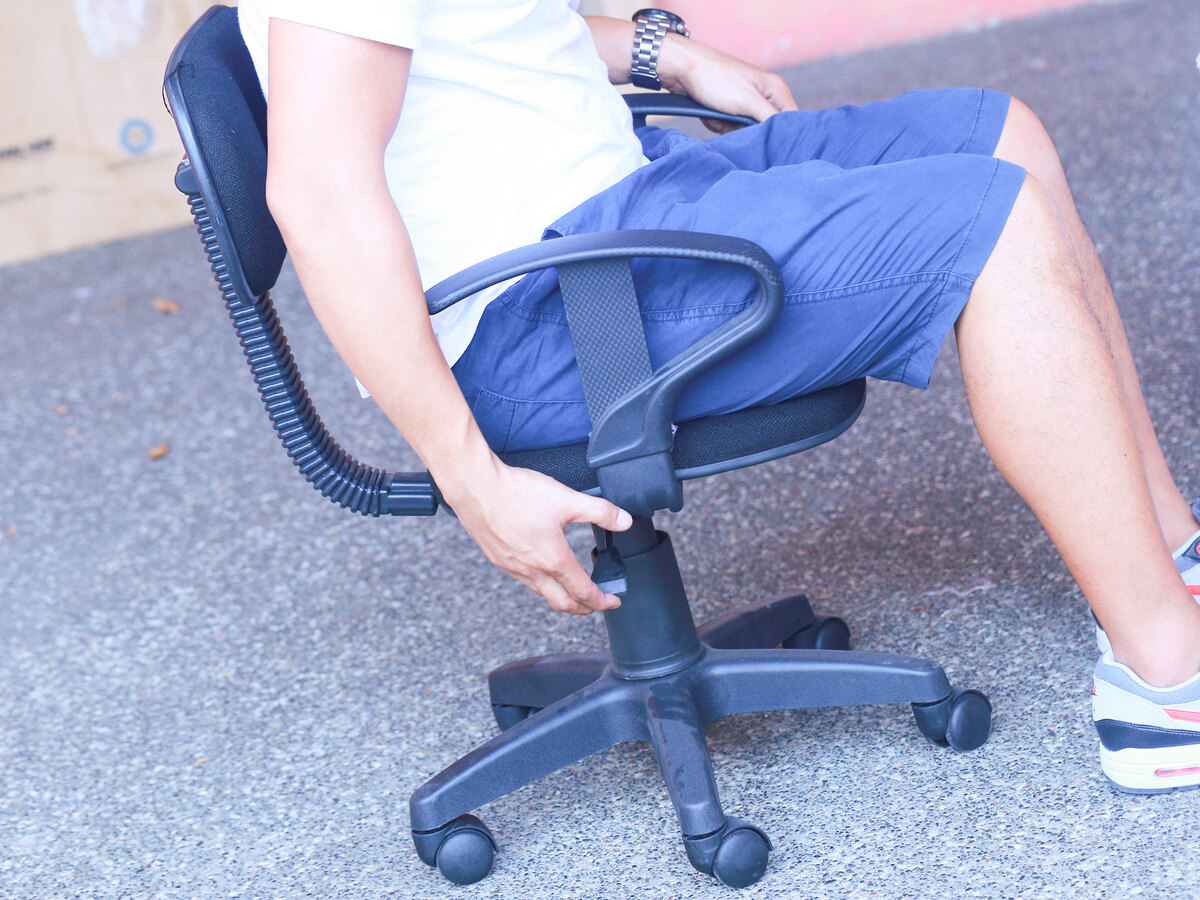
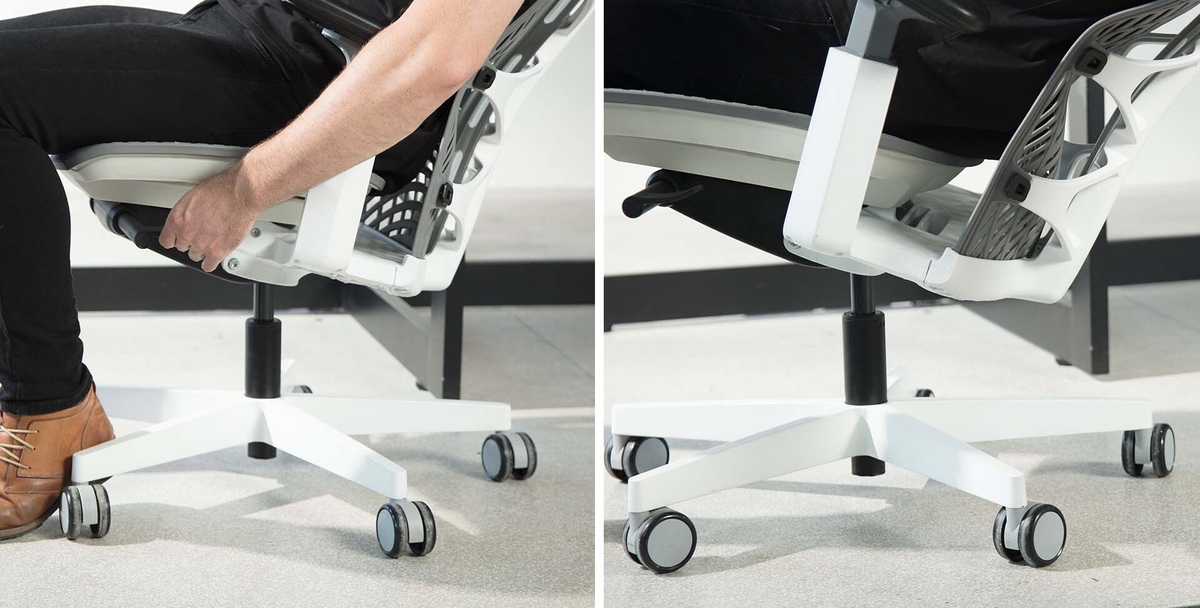
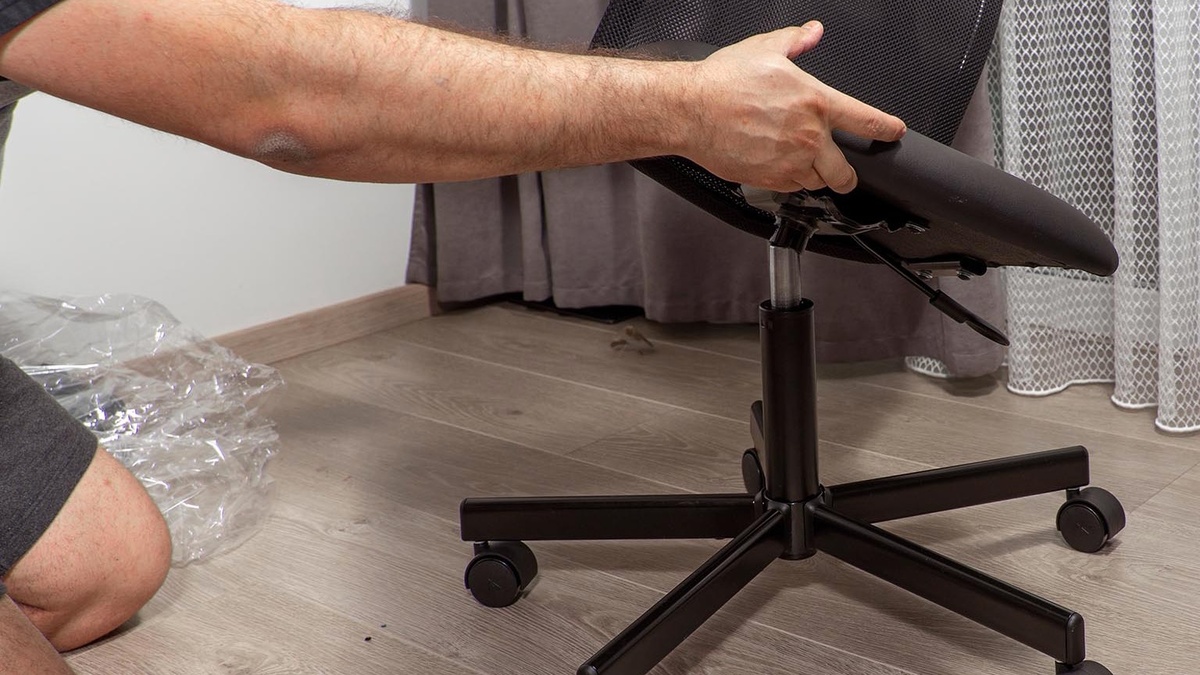

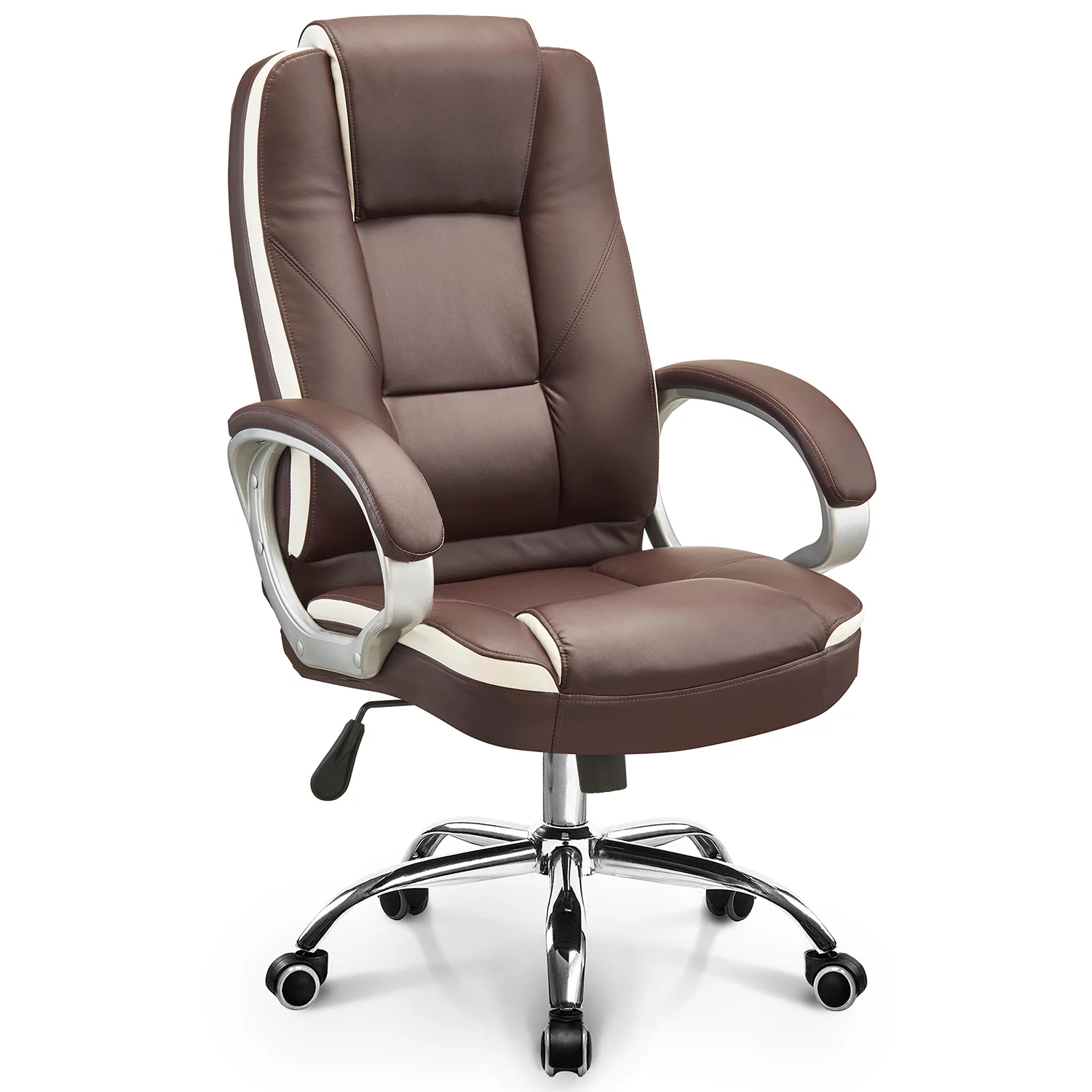
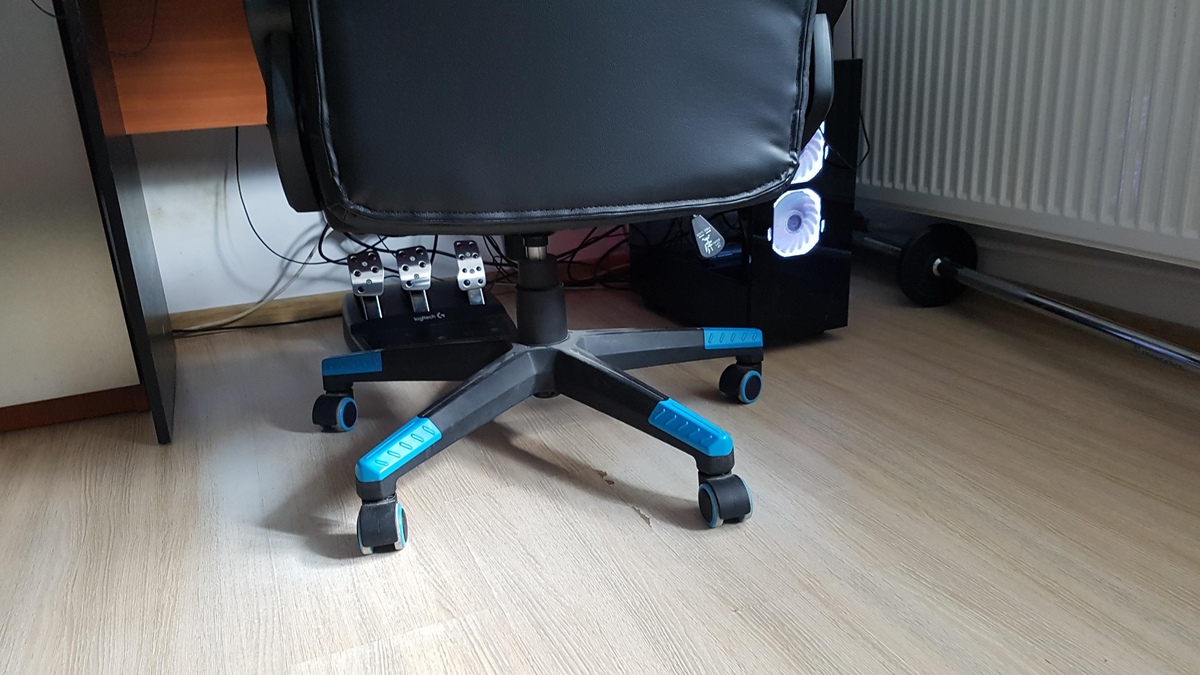
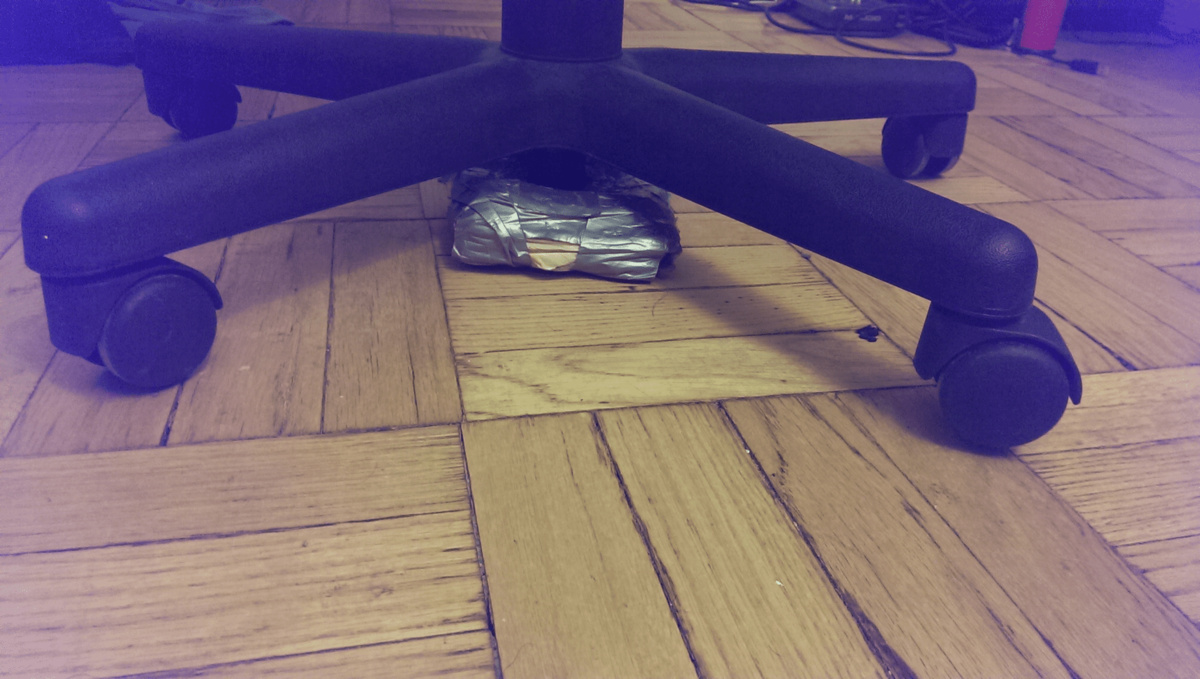
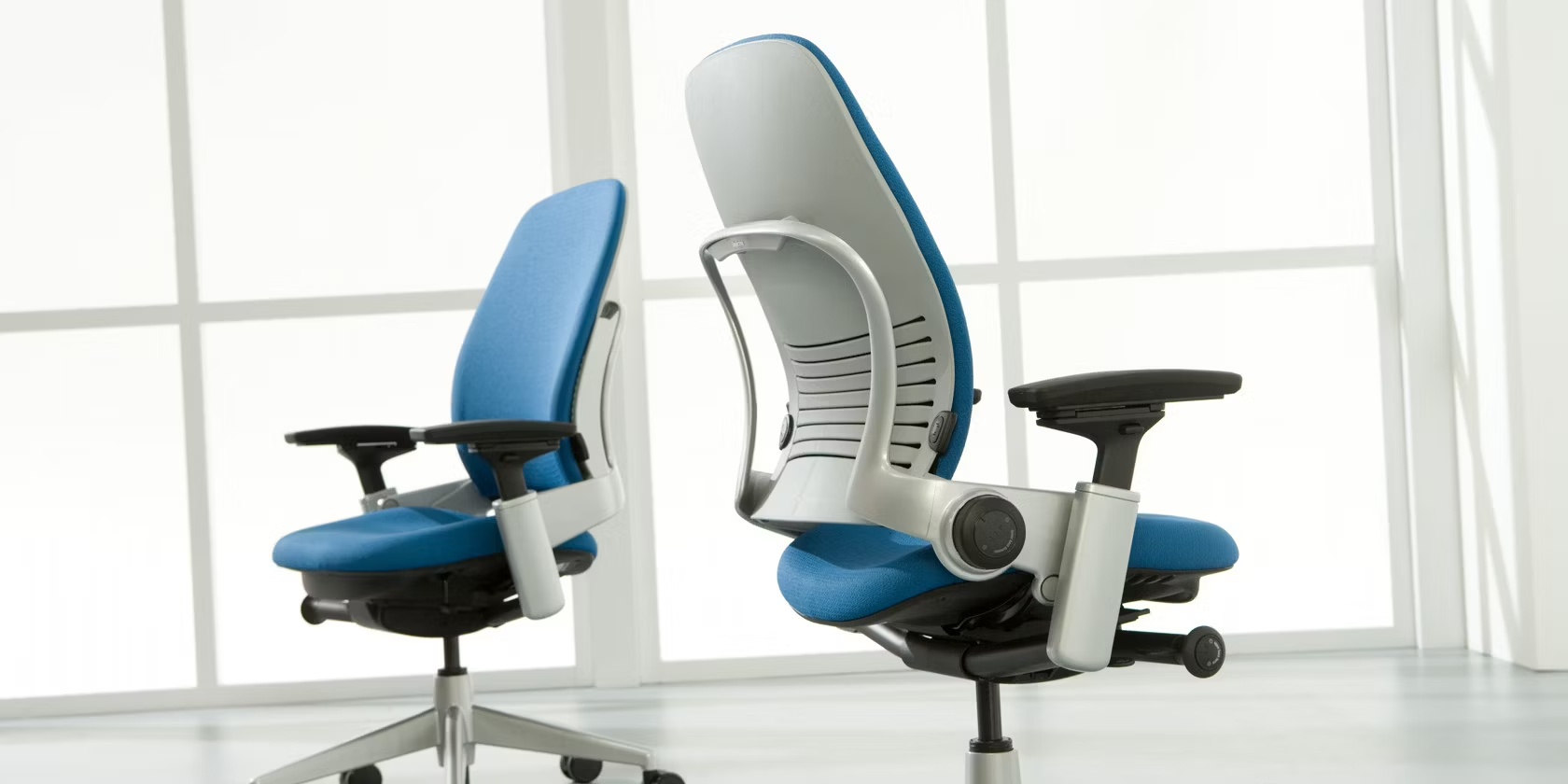
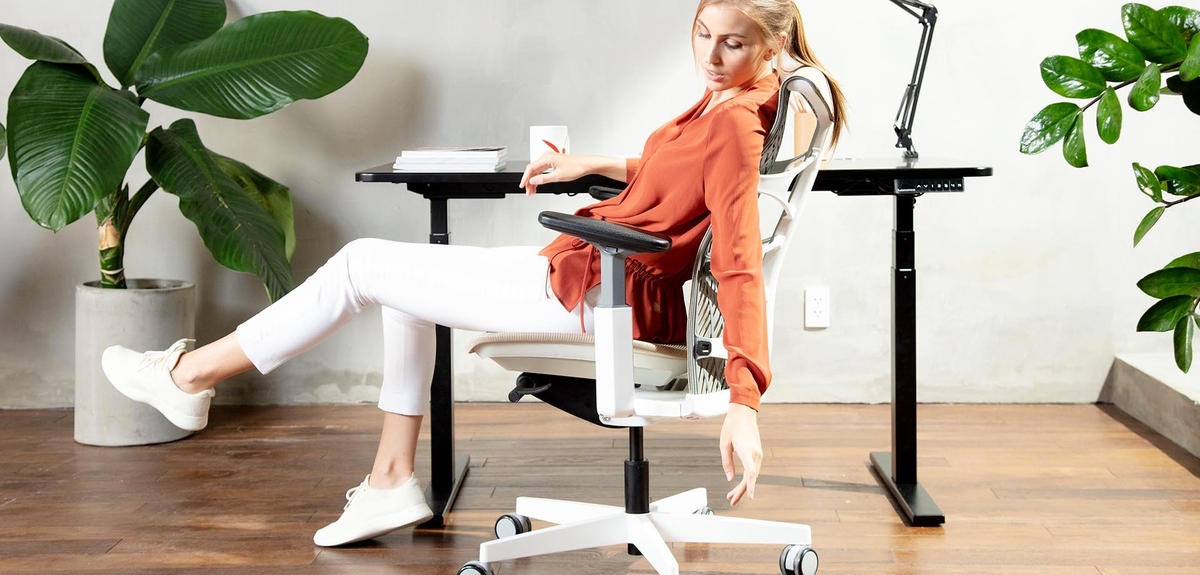
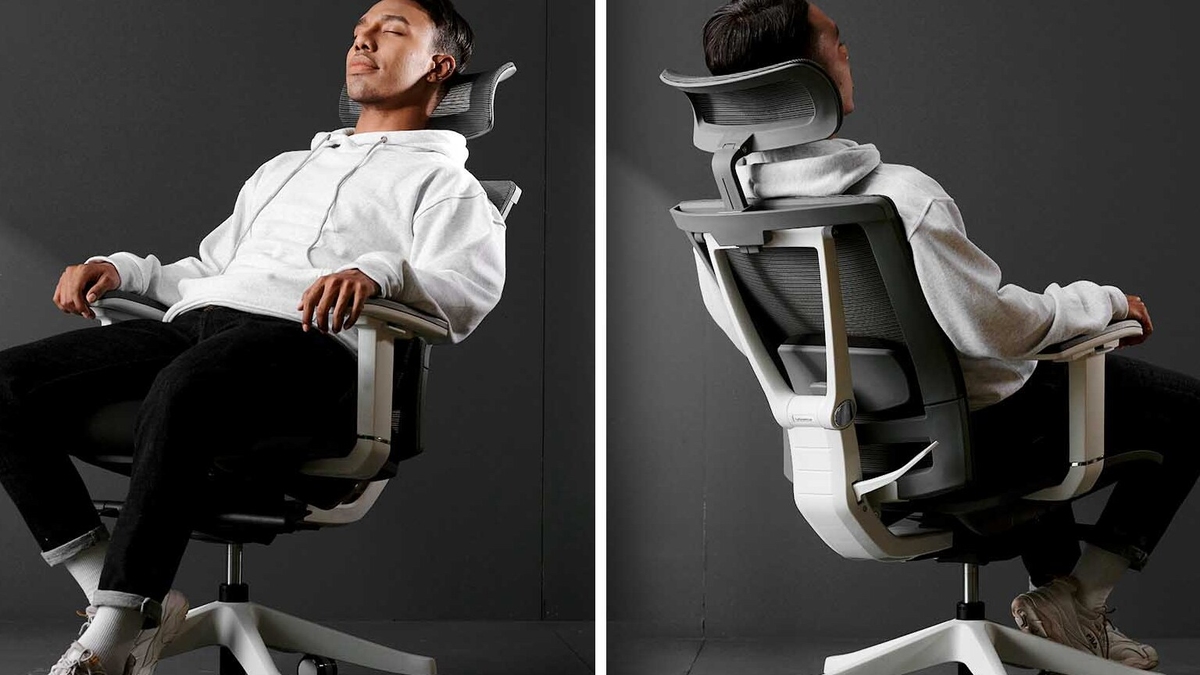
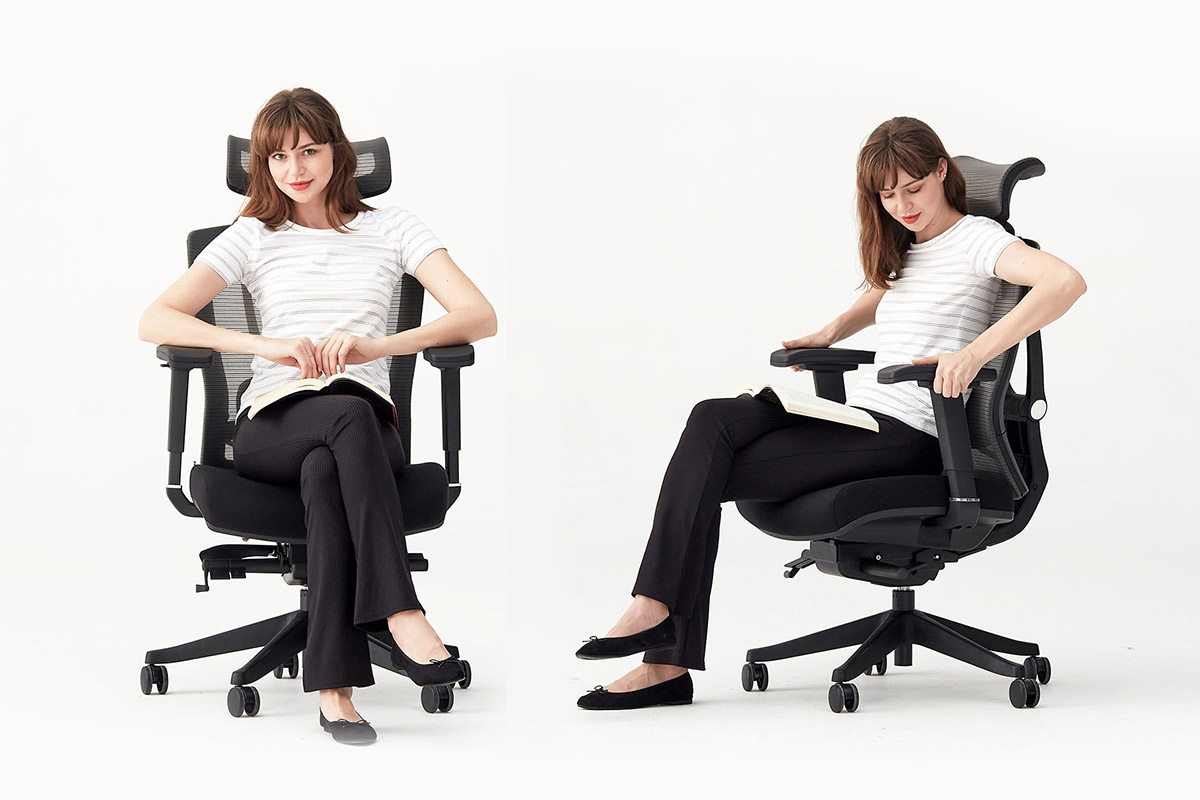
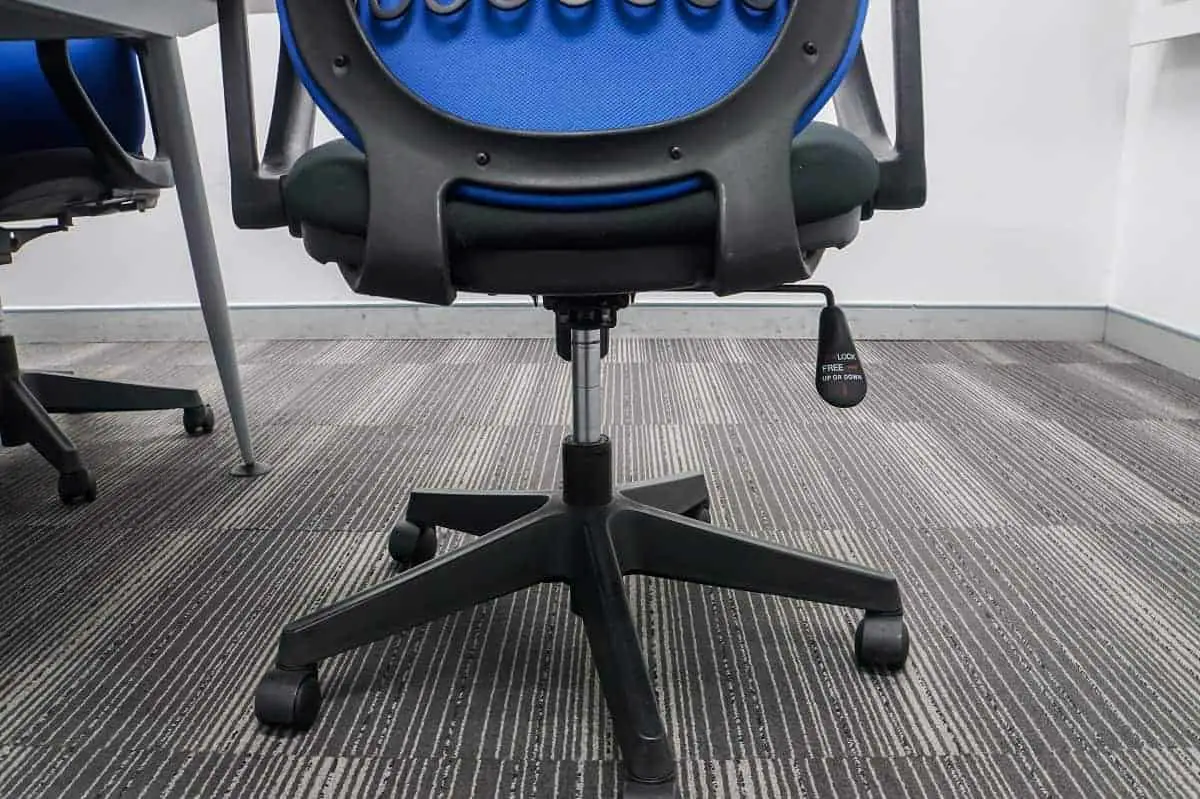

0 thoughts on “How To Make My Office Chair Stop Leaning Back”